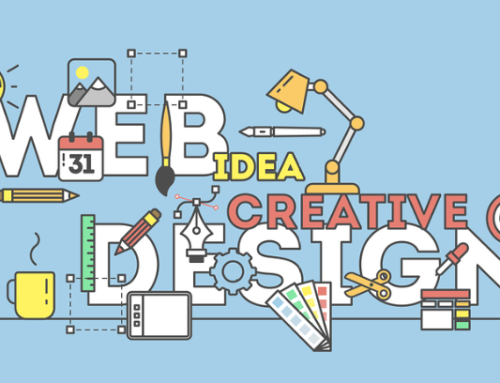
As web searching gets faster and smarter every day, web design continues to become more streamlined. Such is the case with the rise of AMP or Accelerated Mobile Pages, which Google fully supports today. AMPs have become instrumental in the progressive move to mobile-friendly and mobile-first design; however, can they work with ecommerce web design?
According to expert ecommerce web designers, there is growing evidence that when used appropriately, AMP can definitely help your ecommerce site provide a great user experience and increase your sales.
What Is AMP?
Accelerated Mobile Pages or AMP is a web design framework built on very lightly coded, minimalist pages that can be served to mobile devices quickly as they are stored in Google’s AMP cache. Google’s search algorithms now differentiate between standard webpages and AMPs, giving preference to AMPs whenever they are available.
Based on the way Google handles AMPs and the fact that they are more mobile-friendly for users on the go, adding AMPs to your website is a good idea. The biggest challenge with AMP is in implementing the idea with an ecommerce web design. AMP is designed to handle static pages that are not changed frequently.
Succeeding with AMP in Ecommerce Design
Although retail websites can be considerably more complicated than most other sites and host information that is continually changing, there are still ways that ecommerce web designers can skillfully incorporate AMPs into your site.
In these cases, effective use of AMPs (such as those referenced below) depends on using them where possible, while maintaining the required standard pages that can still interact with shopping carts and user personalization:
- Landing Pages - Since landing pages are mostly static to begin with, these are some of the easiest pages to replace with AMPs. When they contain some basic information and a few links, AMP landing pages can lighten up any web design while quickly delivering users to your website so they can do more research.
- Home Pages - Depending on the amount and type of content included and how frequently it is updated, your site could benefit from an AMP homepage. When the importance is getting users to your site quickly, a fast-loading homepage is essential.
- Category/Browsing Pages - Similarly, ecommerce web design can easily include AMP category and product browsing pages, as they contain smaller amounts of information and rarely change. Considering that it is now possible to include an image carousel on AMPs, they are even more suitable for category and browsing pages on retail sites.
- Product Pages - As plentiful as product pages are, they also tend to be fairly static since the information they contain rarely changes. Ecommerce web designers can easily incorporate AMP product pages that provide all the details your users need without the heaviness of a standard website. AMP pages can now even be written so they display lists of related products based on the user’s browsing habits.
While it is not yet possible to effectively use AMPs everywhere in an ecommerce web design, there are many new ways these efficient pages can be incorporated in your website to make it more effective. By adding AMP landing, home, category, browsing, and product pages, you can get users halfway through their shopping experience in a way that is more conducive to today’s customers.
Ecommerce web designers must still utilize traditional web design to handle shopping carts and some other functions. Yet when blended with faster and smoother AMP, your customers will have a better user experience on your site!





